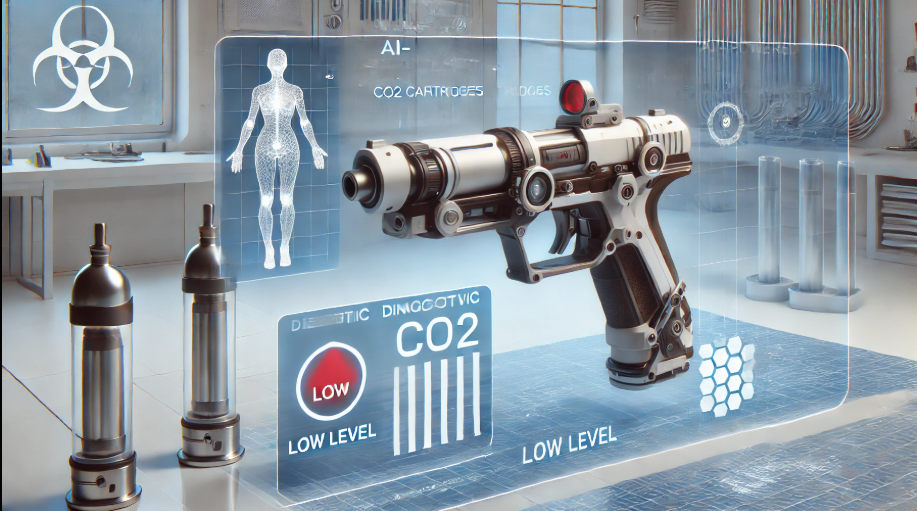Towing equipment plays a critical role in a wide range of automotive activities, from transporting heavy-duty machinery to simply moving a trailer. Whether you’re a seasoned towing veteran or a beginner, understanding the essential components of towing systems—hitches and balls—is crucial to ensure safety, performance, and reliability. This comprehensive guide will walk you through everything you need to know about towing hitches and balls, from the different types available to safety and maintenance tips.
What is Towing Equipment and Why is it Important?
Towing equipment refers to the various tools and accessories used to connect a vehicle to a trailer or other object that needs to be pulled. This can include hitches, towing balls, wiring systems, and safety chains. Proper towing equipment ensures the vehicle’s towing capacity is maximized while providing a secure connection between the vehicle and the load.
Key Components of Automotive Towing Systems
A towing system consists of various parts that work together to safely and efficiently transport a load. The main components include:
- Hitches: Attach to the vehicle to provide a secure point for towing.
- Towing Balls: Fit into the hitch and allow for a flexible connection between the vehicle and trailer.
- Ball Mounts: Connect the ball to the hitch, allowing for proper height and alignment.
- Wiring Harnesses: Enable the vehicle’s brake lights and turn signals to communicate with the trailer.
Understanding Hitches and Balls: Essential Towing Tools
Hitches and balls are the two most critical parts of any towing system. A hitch is attached to the towing vehicle, while the ball serves as the pivot point for the trailer. The size, type, and material of these components can greatly affect the performance of your towing setup.
Also Read: How to Start a Car with a Bad Starter: Easy Methods Explained
Types of Towing Hitches: Choosing the Right One
Selecting the right towing hitch depends on the type of vehicle you’re using, the weight you’re towing, and your specific towing needs. Let’s explore the different types of hitches available:
Fixed Hitches vs. Detachable Hitches
Fixed hitches are permanently attached to your vehicle, providing a strong and secure connection at all times. Detachable hitches, on the other hand, can be removed when not in use, offering more flexibility but often less towing capacity.
Fifth-Wheel Hitches: Heavy-Duty Options
Fifth-wheel hitches are mounted inside the truck bed and are designed for heavy-duty towing, often used for large trailers and RVs. They offer superior stability and weight distribution, making them ideal for long-distance towing.
Gooseneck Hitches: Best for Heavy Towing
Similar to fifth-wheel hitches, gooseneck hitches are used for heavy loads but offer a tighter turning radius, making them a favorite for transporting livestock or other bulky cargo.
Pintle Hitches: Industrial-Grade Performance
Pintle hitches are commonly used in military or industrial settings due to their high strength and durability. They are ideal for rough terrain and extreme conditions but may require more maintenance.
Towing Balls: A Critical Component for Secure Towing
Towing balls come in various sizes and materials, and selecting the right one is vital to ensure a secure towing experience.
Towing Ball Sizes and Their Uses
The diameter of towing balls typically ranges from 1 7/8 inches to 2 5/16 inches. Smaller balls are generally used for lightweight trailers, while larger sizes are designed for heavier loads.
How to Select the Right Ball for Your Hitch
To choose the right ball, you’ll need to match its size and weight capacity to your trailer and hitch specifications. Always ensure that your ball and hitch are compatible.
Towing Ball Materials: Durability and Strength
Towing balls are usually made from materials like steel or chrome. Steel balls are strong and durable, while chrome-coated balls offer extra corrosion resistance, making them ideal for harsher environments.
Installation and Maintenance of Towing Equipment
Proper installation and regular maintenance are key to ensuring your towing equipment remains safe and reliable over time.
Step-by-Step Guide to Installing a Towing Hitch
- Choose the Right Hitch: Based on your vehicle and towing needs.
- Prepare the Vehicle: Ensure that the mounting area is clean and free of debris.
- Attach the Hitch: Follow manufacturer instructions to secure the hitch to your vehicle’s frame.
- Check Alignment: Ensure the hitch is properly aligned before tightening the bolts.
- Test the Setup: After installation, connect your trailer to ensure everything is secure.
Maintenance Tips for Long-Lasting Towing Equipment
Regular inspections and maintenance of your towing equipment are essential to prevent wear and tear. Lubricate the hitch components, check for rust, and ensure all bolts are securely tightened.




